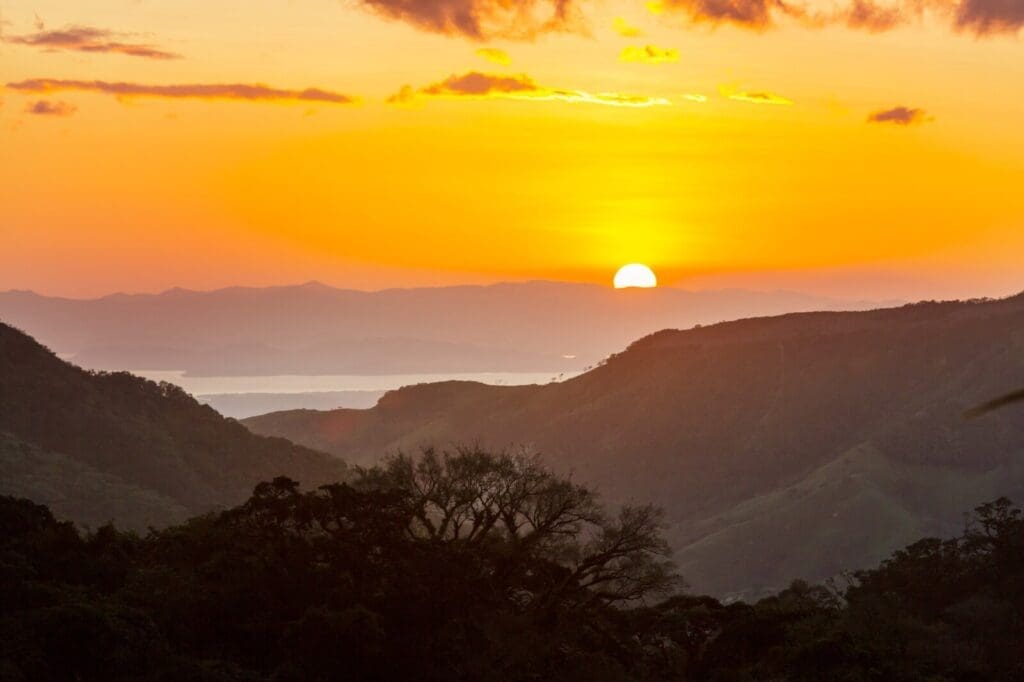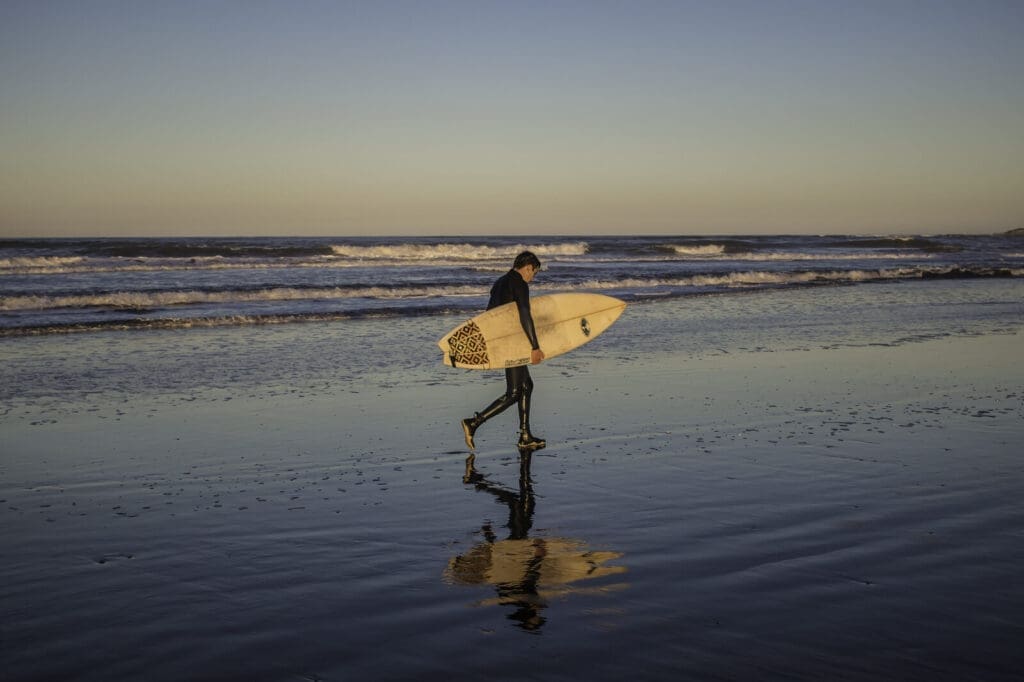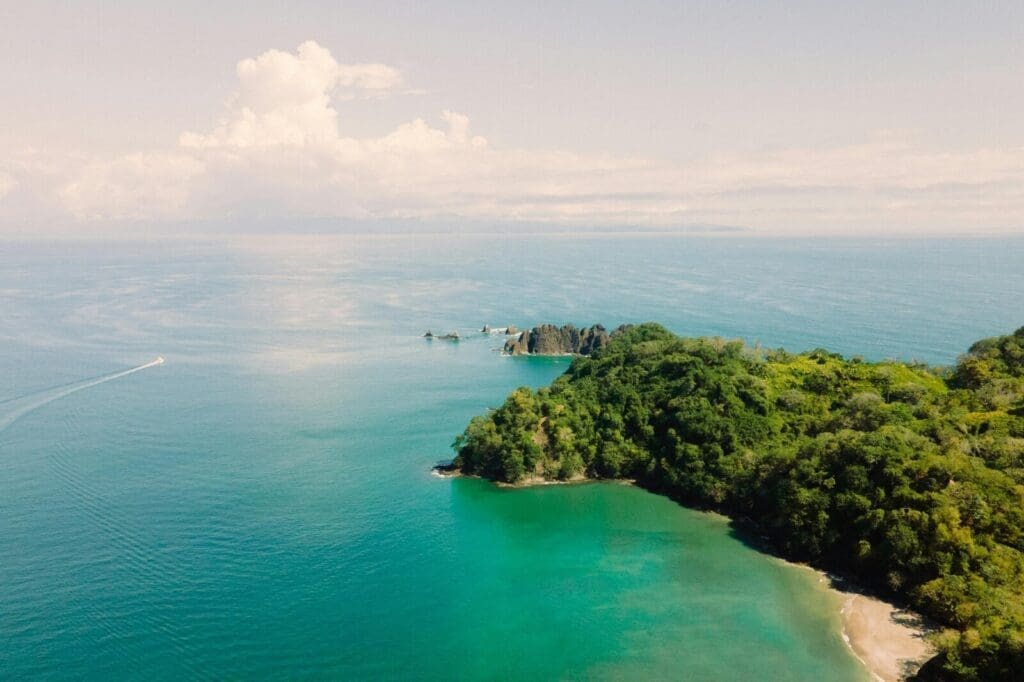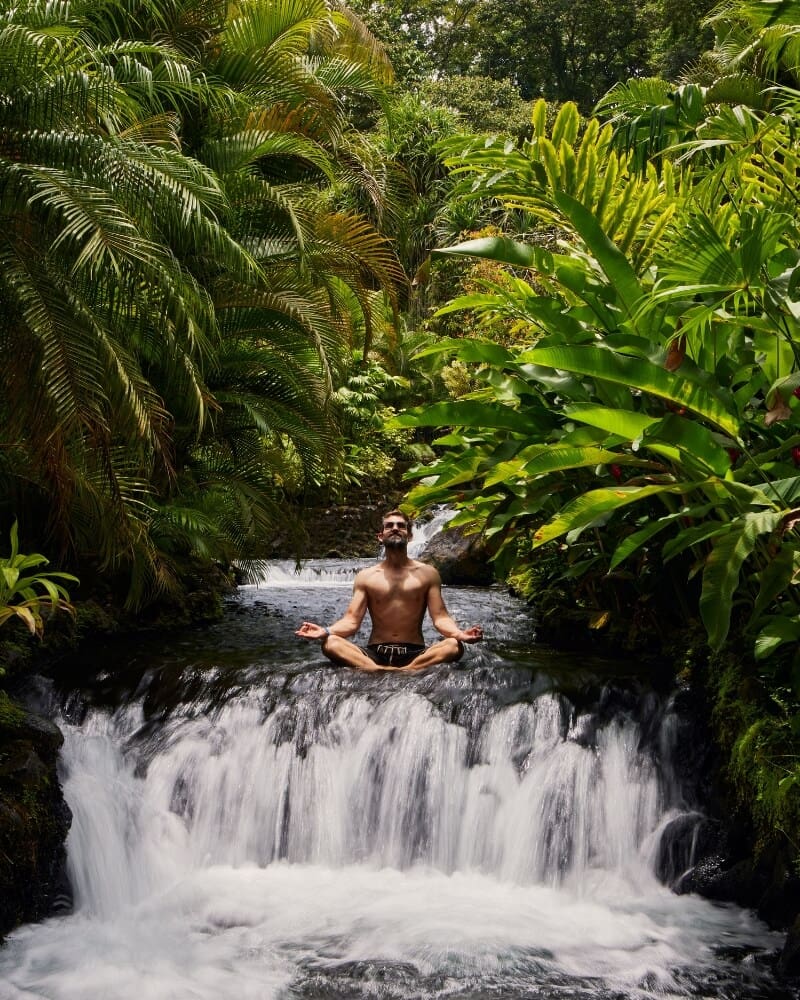We’ve seen it all…
The couple who started planning their Christmas trip in September—only to find their dream rainforest lodge had been booked out for months. The family who packed drones, tablets, and two pairs of heels, then spent their entire vacation hauling gear they never used. The traveler who trusted Waze and ended up white-knuckling a steep gravel mountain road in a compact rental car.
These aren’t rare travel mistakes in Costa Rica…we see them play out all the time.
While we work closely with our clients to ensure they’re set up for success and can truly enjoy the Costa Rica vacation they’ve been dreaming about, we meet plenty of other travelers in the country who aren’t as equipped—and their experience suffers for it.
This guide breaks down the most common travel mistakes in Costa Rica—missteps that are easy to avoid with the right insight. Whether you’re mapping out a full itinerary or just starting to explore the possibilities, here’s how to get it right from the beginning.
While these mistakes are specific to Costa Rica, many apply to travel throughout Latin America—especially if you’re navigating unfamiliar logistics or planning independently.
7 Travel Mistakes to Avoid in Costa Rica
1. Using Google Maps Instead of Waze for Costa Rica Travel

In Costa Rica, Google Maps may look familiar—but it rarely performs well where it matters most. Outside of San José and major towns, its routing can be inconsistent or misleading, especially in rural areas where conditions shift quickly.
Waze, on the other hand, is what local Costa Ricans rely on. It draws from real-time traffic reports and adjusts based on local disruptions—essential in a country where washed-out roads, unexpected closures, and slow-moving trucks are part of everyday driving.
Costa Rica might look small, but navigating it is anything but simple. Roads are often narrow, winding, and poorly marked. Add steep terrain, weather, or night driving, and a two-hour route can easily turn into four.
If you’re driving or have a car rental, install Waze before your trip, use offline maps as backup, and plan for more transit time than you think you’ll need.
We also put together a full article on how to save time traveling around to places in Costa Rica. If you’re building an itinerary, definitely check out this article to save time traveling in Costa Rica.
Which brings us to another of the biggest—and most avoidable—mistakes we see…
2. Overbooking Your Costa Rica Itinerary

One of the easiest ways to lose time—and energy—is by trying to see too much in one trip. Again, Costa Rica is a small country, but getting between destinations takes longer than many travelers expect.
A common mistake is attempting to connect Arenal, Monteverde, Manuel Antonio, and the Osa Peninsula in a single week. The result? Hours spent in transit, constant packing and unpacking, and not nearly enough time to actually enjoy where you are.
The better strategy is to focus on two regions and give them your full attention. Fewer transfers mean less friction—and a much deeper travel experience. The same logic applies across much of Latin America, where more isn’t always better when it comes to moving around.
If you’re unsure how to strike the right balance, we can help you build an itinerary that reflects what you want to see and experience—without leaving you overbooked or overwhelmed.
More destinations doesn’t always mean more value. Slower travel tends to leave more room for the good stuff.
Want a head start on planning your perfect Costa Rica vacation?
Download our FREE Costa Rica Google Map—packed with hidden waterfalls, national parks, local restaurants, airstrips, and off-the-radar gems we actually recommend.
3. Overpacking for the Wrong Conditions (Or Forgetting About Rainy Season)

Overpacking is a common travel mistake in Costa Rica—not just too much stuff, but the wrong stuff. We’ve seen travelers arrive with heels, hair dryers, full makeup kits, and backup shoes that never leave the suitcase once the heat, humidity, and terrain set in.
You’ll want options—but the kind that work in real conditions. Think light, breathable fabrics, a packable rain jacket, and shoes with traction that can handle mud, wet steps, or a trail after a storm. If it isn’t comfortable in 90% humidity or useful on uneven ground, it probably won’t get worn. And don’t forget that Costa Rica’s rainy season means you’ll want clothes for wet conditions.
We send our clients curated packing lists tailored to where they’re going and when, so you’ll always feel prepared and avoid bad packing!
4. Confusing Meal-Inclusive with All-Inclusive Destinations

In Costa Rica, the term “all-inclusive” is often misunderstood—and it’s another costly travel mistake. Only a small number of resorts actually offer the full package: meals, drinks (including alcohol), and on-site activities all bundled into one rate.
More often, what’s marketed as “all-inclusive” is really just meal-inclusive—three meals a day, but no alcohol or excursions included. This model isn’t about cutting corners—it’s about context. At remote properties like La Paloma Lodge in the Osa Peninsula, there simply aren’t other dining options nearby. Hotels in areas like Tortuguero follow the same approach.
We generally don’t recommend all-inclusive resorts in Costa Rica, and there are good reasons why. If you’re considering one, read this before you book: What You Need to Know About All-Inclusive Resorts in Costa Rica
5. Not Booking Early—Especially During High Tourism Season

One of the most costly mistakes on a first trip to Costa Rica is assuming everything can be booked last-minute. In reality, many of the best stays and experiences have very limited availability—especially during peak travel periods.
Costa Rica isn’t built around mega-resorts. Most of the properties we recommend are small-scale: boutique hotels, eco-lodges, and remote retreats with just a handful of rooms. These places book up many months in advance of Christmas, New Year’s, Holy Week, and mid-year school holidays.
Specialist guides and private experiences around Costa Rica can be just as limited. Travelers who wait often find their top options gone—or end up piecing together less-than-ideal alternatives. If your dates are set, your bookings should be too.
6. Underestimating Real Costs When Traveling to Costa Rica

Costa Rica often catches first-time visitors off guard with how much things actually cost. Park entrance fees, private transfers, guided experiences, and meals in well-traveled areas can add up quickly. These prices reflect the country’s safety, conservation priorities, and infrastructure—not just tourism demand.
That doesn’t mean Costa Rica can’t be done on a budget. It simply requires informed planning. Traveling in shoulder season, using colones in small communities, and booking transfers or domestic flights in advance can make a noticeable difference.
We’ve also shared some of our favorite ways to save without sacrificing experience in our Costa Rica money hacks article.
7. Relying on Generic Advice Instead of Personalized Costa Rica Travel Tips

It’s easy to build a trip from popular blogs or pre-made itineraries—but that rarely results in the kind of travel experience people actually want. The best trips aren’t built from templates. They’re built around you.
A great itinerary takes into account what you want to get out of your fifth or first trip to Costa Rica—whether that’s seeing Arenal Volcano, lounging on white sand beaches, avoiding long travel times from SJO, prioritizing privacy, sticking to a budget, or celebrating something meaningful. It reflects your pace, timing, and priorities in a way generic advice can’t.
We design every trip from scratch, based on your goals, preferences, and budget. You don’t pay extra for that level of planning—often, we’re able to secure exclusive rates or complimentary upgrades you won’t find on your own. And if something unexpected comes up during your trip, we’re available for on-the-ground support whenever you need it.
The result is a Costa Rican vacation that fits you perfectly—start to finish.
Common FAQs to Get the Most out of your Time in Costa Rica
Do I need travel insurance in Costa Rica?
Yes. We highly recommend travel insurance for tourists visiting Costa Rica, especially if your plans include outdoor activities. While not always mandatory, it provides peace of mind in case of medical emergencies, travel delays, or unexpected changes. Many visitors choose policies that cover adventure sports, which are common in Costa Rica’s top tourist destinations.
What not to do when traveling to Costa Rica?
Avoid treating Costa Rica like a one-size-fits-all destination. From the streets of San José to quiet local towns near the coast, each region moves at its own pace—and part of the experience is adapting to it. Tourists visiting Costa Rica sometimes expect resort-style infrastructure everywhere, but outside major tourist destinations, the charm often lies in simplicity.
It’s also a common mistake to rely entirely on cards or U.S. dollars. While accepted in many places, carrying the local currency is essential when visiting markets, remote areas, or stopping in a small town off the beaten path. And during peak tourism season months, it’s wise to approach popular sites like Manuel Antonio National Park with patience—they’re worth it, but they draw crowds.
What areas to avoid in Costa Rica for tourists?
Costa Rica is widely considered one of the safest countries for travel in Latin America. Honestly, as specialists in Latin America travel, there are so many incredible places to visit that are safe throughout the region!
That said, certain neighborhoods around San José may require extra caution—especially after dark or if you’re unfamiliar with the area. Most tourist destinations, including beach towns, national parks, and rural areas, are very safe, especially when you stick to well-known routes and accommodations. As always, situational awareness goes a long way. Don’t leave belongings unattended as petty theft is common.
Is it better to rent a car or take public transportation in Costa Rica?
It depends on how you plan your trip. Renting a car gives you more flexibility and makes it easier to explore harder-to-reach areas, including many local towns and off-the-beaten-path beaches. However, getting around Costa Rica can be slow, and road conditions vary—especially outside major hubs like San José.
Public transportation is affordable and works well between larger cities, but it can be limiting if you’re hoping to visit more remote destinations.
For many visitors to Costa Rica, we recommend either private transfers or short-term car rentals.
Ready to visit Costa Rica?
Whether you’re dreaming of going to Costa Rica for jungle hikes, remote beaches, local flavor, or just a well-paced itinerary that fits your travel style, we’re here to help you plan it. Get in touch and let’s build a trip that has the best places in Costa Rica, totally tailored to you.

+ show Comments
- Hide Comments
add a comment